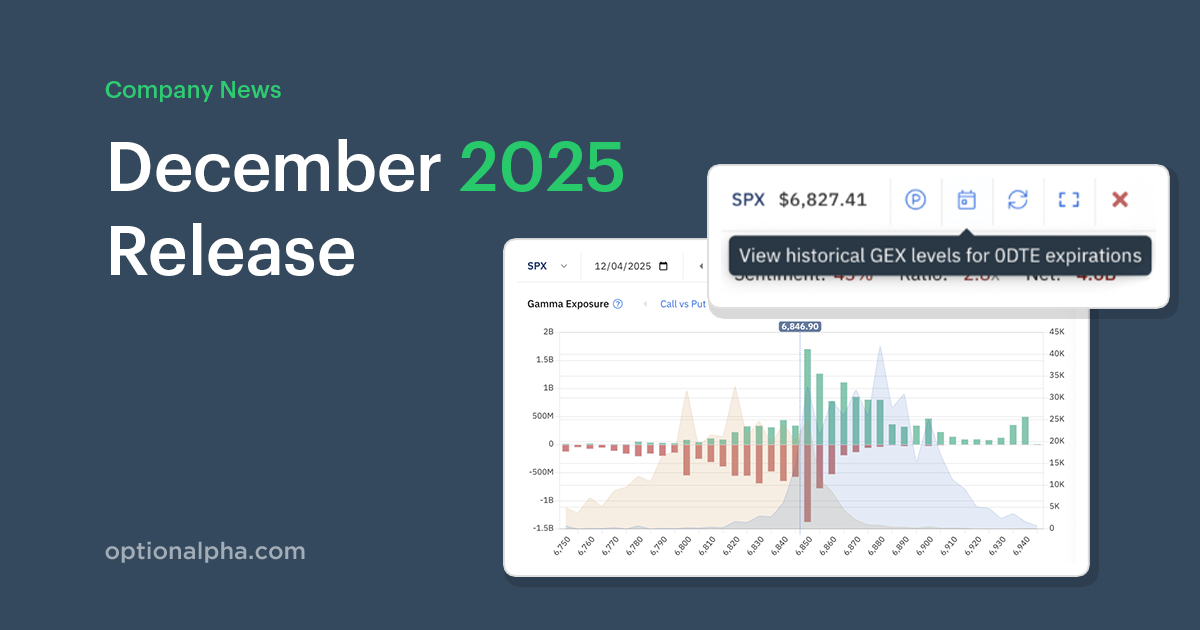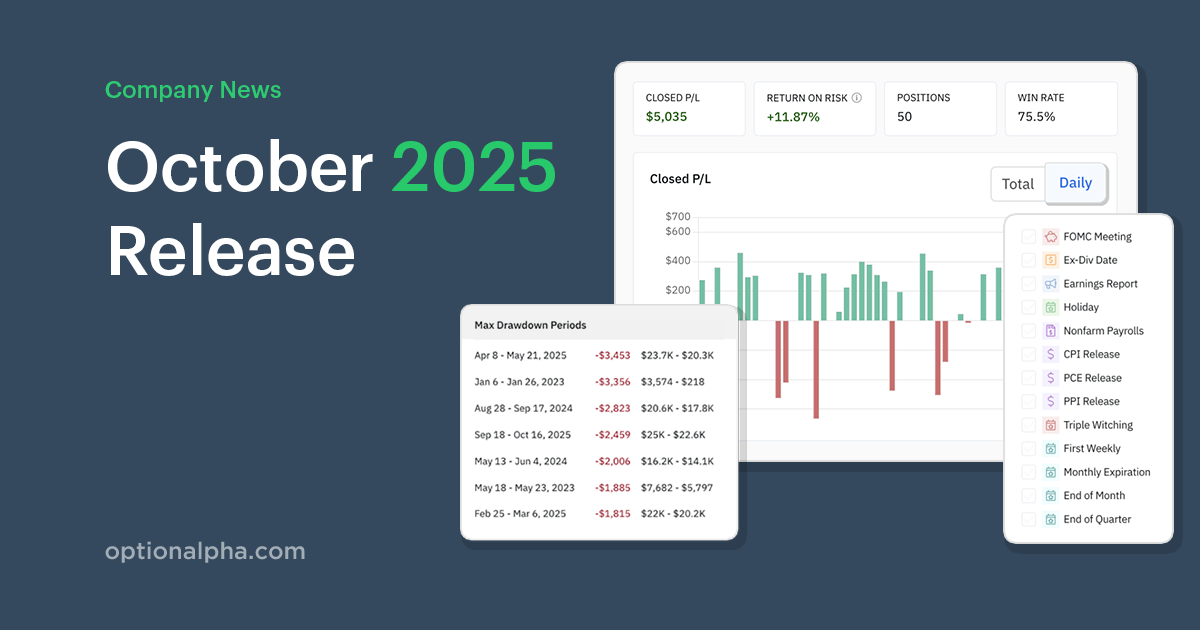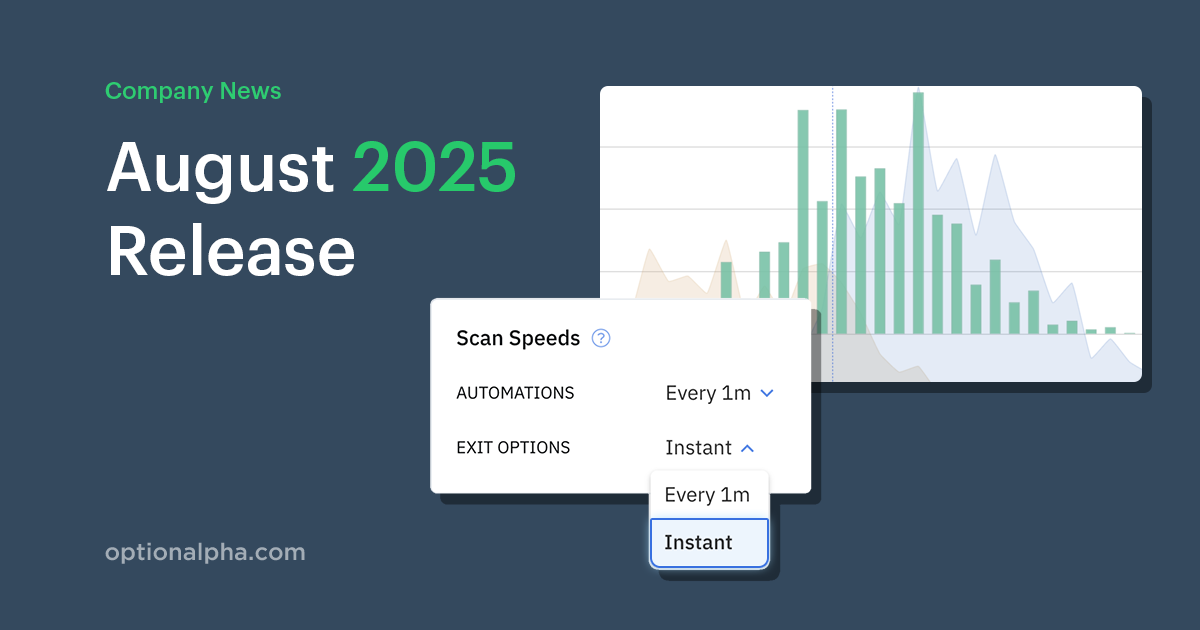“It’s too expensive!”
“We are still recovering from the pandemic!”
“When will the Fed stop printing?!”
There’s a lot of talk about the “Golden Bull Market” as investors wonder when the party will end. What can history teach us?
While we cannot predict what will happen tomorrow, next quarter, or at any point, reviewing what has happened can help us make assumptions about what may happen again.
We looked at SPY’s performance over the last 20 years to put the previous twelve months into context.
SPY 2021 Performance
Let’s lay out some quick facts:
- The longest daily positive streak was eight days (the record is 14 days in 2010). Click to tweet
- The market was up seven consecutive months in 2021, from February to August, with an average monthly return of 2.89% during those months. Click to tweet
- Nine of the 12 months were positive. Click to tweet
- SPY ended 2021 with a P/E of 28 vs. the long-term average of 19. Click to tweet
Investors have enjoyed a nearly unabated climb over the last 12+ months. Should we be worried about a change in fortune?
Let’s look through historical market returns to find similar periods and examine how they performed.
7 Consecutive Positive Months Is Pretty Rare
In fact, it's only happened four times in the last twenty years. What might the past tell us about the future?
Here's a snapshot of the the four occurrences, including the next year's returns.
2006
- July 2006 - January 2007 (7 Months)
- Average Monthly Return = 1.76%
- Average PE = 16.6x
- Next 12 Month Average Monthly Return = -0.33%
2012-2013
- November 2012 - May 2013 (7 Months)
- Average Monthly Return = 2.11%
- Average PE = 14.7x
- Next 12 Month Average Monthly Return = 1.42%
2017
- April 2017 - January 2018 (10 Months)
- Average Monthly Return = 1.82%
- Average PE = 21.6x
- Next 12 Month Average Monthly Return = -0.25%
2021
- February 2021 - August 2021 (7 Months)
- Average Monthly Return = 2.89% Click to tweet
- Average PE = 32.0x
- Next 12 Month Average Monthly Return = To Be Determined
The magnitude of the monthly gains from these seven-month winning streaks was substantially higher than any comparable period during the last 20 years. In each case, the momentum waned in the subsequent months.
While each of these scenarios are similar to the current environment in this one specific way (same or greater number of sequential positive monthly returns), we cannot gain meaningful insights from a handful of metrics applied to just a few periods.
Instead, we’ll supplement the above information with broader comparisons against all market returns from 2002 to the present.
12-Month Momentum Persistence
To dig deeper, we reviewed monthly returns over the last 20 years to assess momentum persistence.
For each month, we determined how many of the previous 12 months were positive. Then, we assessed the following 6-month’s return (i.e., all the monthly observations with n positive months in the last 12).
Our goal was to determine what range of outcomes we could expect given the prior 12 month’s momentum.
The figure below shows the average, maximum, and minimum six-month returns for scenarios with different numbers of positive months out of the previous 12.

At the end of 2021, we had nine positive months out of the last 12. Since 2002, there have been 62 similar end-of-month scenarios. The lowest return over the next six months was -13% (October 2007-March 2008). Click to tweet
The highest subsequent 6-month return was +15% (starting in November 2012), and the mean six-month return was +5%.
Remember, this is simply historical data. These scenarios are not guaranteed to repeat and are merely observations of what has happened in the past.
As for the downside, we have never (since 2002) seen a selloff greater than -13% in the 6-months following a scenario like December 2021. This of course occurred during the Financial Crisis of 2007-2008.
6-Month Momentum Persistence
We took our study of time-series momentum a step further by examining a shorter timeframe. We calculated the average monthly return over the preceding six months and compared that to the following three month’s average monthly return.
We had a cluster of high-magnitude positive months in 2021. The goal of this analysis was to determine a range of potential outcomes given the number of positive months and the magnitude of monthly moves.
The figure below shows data points for each month since 2002, plotted based on their prior six-month average monthly return and their following three-month average monthly return.

The December 2021 datapoint (+1.9%) is around the 80th percentile. In April 2021, we reached the 99th percentile.
The green data points highlight the stellar performance since 2020.
The blue clustering in the top right quadrant gives us some valuable insights. We calculated the average for the region surrounding our December 2021 datapoint (1% to 3% on the x-axis).
Similar historical market scenarios suggest an average return of +1.74% per month over the next three months.
Is the “Golden Bull Market” finally ending? Well, it’s hard to say (understatement). Best guess?
The past 20 years points to the positive momentum continuing.




.png)









